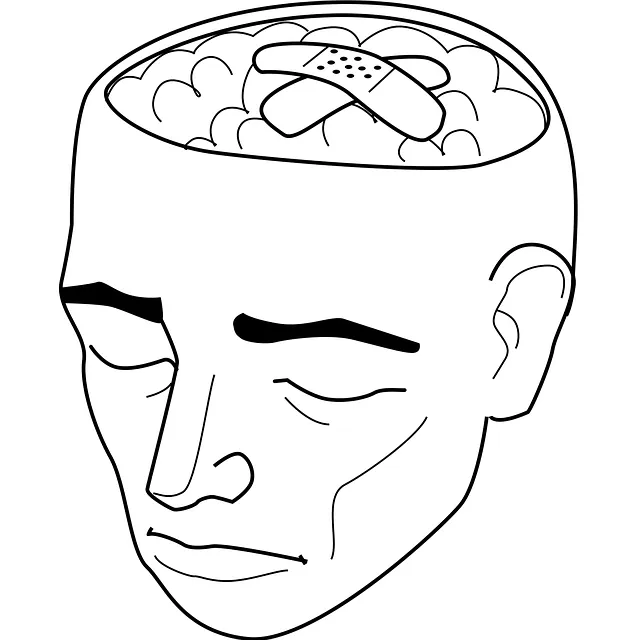Public awareness campaigns, like those initiated by Littleton Kaiser Permanente, effectively combat stigma and shape societal attitudes towards mental health. These campaigns educate the public, reduce myths, and encourage help-seeking behaviors. The Littleton model emphasizes proactive measures to prevent healthcare professional burnout, a key gap in traditional initiatives. Through diverse strategies tailored to urban and rural communities, these campaigns foster open discussions about mental wellness, leading to long-term behavioral changes and improved risk management for both professionals and patients. Key elements include custom strategies, empathy building, real-life storytelling, and alignment with systemic changes through policy analysis, as demonstrated by the successful Littleton Kaiser Permanente behavioral health services reviews.
Public awareness campaigns play a pivotal role in shaping societal behaviors and attitudes, with far-reaching impacts on various sectors. This article explores these campaigns’ essence and their profound effects on critical issues like behavioral health. We present a case study focusing on the Littleton Kaiser Permanente model, examining its successful strategies in delivering behavioral health services through targeted public awareness initiatives. Furthermore, practical guidelines for developing and implementing effective campaign strategies are provided.
- Understanding Public Awareness Campaigns: Their Role and Impact
- The Littleton Kaiser Permanente Model: A Case Study in Behavioral Health Service Reviews
- Strategies for Effective Campaign Development and Implementation
Understanding Public Awareness Campaigns: Their Role and Impact

Public awareness campaigns play a pivotal role in shaping societal perceptions and behaviors, especially concerning sensitive issues like mental health. These initiatives, designed to educate and engage the public, are essential tools for organizations such as Littleton Kaiser Permanente, which offers behavioral health services. By reaching a wide audience, these campaigns can dispel myths, reduce stigma, and encourage individuals to seek help when needed. For instance, a successful campaign could highlight the importance of emotional regulation and mental wellness, fostering an environment where people feel comfortable discussing their mental health struggles openly.
The impact of such initiatives extends beyond immediate awareness; they contribute to long-term behavioral changes and improved risk management planning for mental health professionals. For example, a well-structured campaign centered around mental wellness might inspire individuals to prioritize self-care, leading to a reduction in cases that require intensive treatment. Similarly, the production of engaging Mental Wellness Podcast Series can cater to diverse audiences, providing valuable insights into various aspects of emotional regulation and encouraging proactive measures for maintaining mental health.
The Littleton Kaiser Permanente Model: A Case Study in Behavioral Health Service Reviews

The Littleton Kaiser Permanente Model is a noteworthy case study highlighting successful behavioral health service reviews and their impact on community mental wellness. This approach focuses on proactive measures to address burnout prevention among healthcare professionals, a critical aspect often overlooked in Mental Health Awareness initiatives. By integrating comprehensive programs like Mental Wellness Coaching, the model ensures that medical staff maintain optimal psychological well-being, thereby enhancing patient care.
Through regular reviews and support systems, the Littleton Kaiser Permanente Model promotes a culture of resilience and adaptability. This strategy not only benefits individual practitioners but also contributes to the development of effective Mental wellness Coaching Programs. By prioritizing burnout prevention, this model sets an example for other healthcare organizations, demonstrating that investing in staff mental health is essential for delivering high-quality care and fostering a positive work environment.
Strategies for Effective Campaign Development and Implementation

When developing a public awareness campaign for behavioral health, it’s essential to tailor strategies that resonate with diverse audiences. Understanding the community dynamics and cultural nuances is key. For instance, a campaign aimed at promoting mental well-being in urban areas might focus on engaging young adults through social media platforms and community events, while a similar initiative in rural settings could emphasize peer support networks and accessible local resources. Incorporating Empathy Building Strategies can help dispel stigma and foster understanding, ensuring that individuals are encouraged to seek help without fear of judgment.
The success of these campaigns lies in their ability to be inclusive, informative, and interactive. Leveraging various media channels like social media, community centers, and partnerships with local organizations, such as Littleton Kaiser Permanente behavioral health services reviews, can increase visibility and engagement. Additionally, integrating real-life stories and testimonials into the narrative adds a personal touch, allowing individuals to connect and relate to the cause. A well-executed Mental Health Policy Analysis and Advocacy strategy ensures that the campaign aligns with broader systemic changes, ultimately driving positive behavioral shifts in the community.
Public awareness campaigns, as demonstrated by the Littleton Kaiser Permanente behavioral health services reviews, play a pivotal role in shaping public behavior and improving community health. By employing effective strategies outlined in this article, organizations can create impactful initiatives that drive positive change. Integrating evidence-based approaches, leveraging multimedia platforms, and fostering community engagement are key to success. The case study highlights the power of tailored campaigns in addressing specific health issues, ultimately leading to improved access to services and enhanced public well-being.






